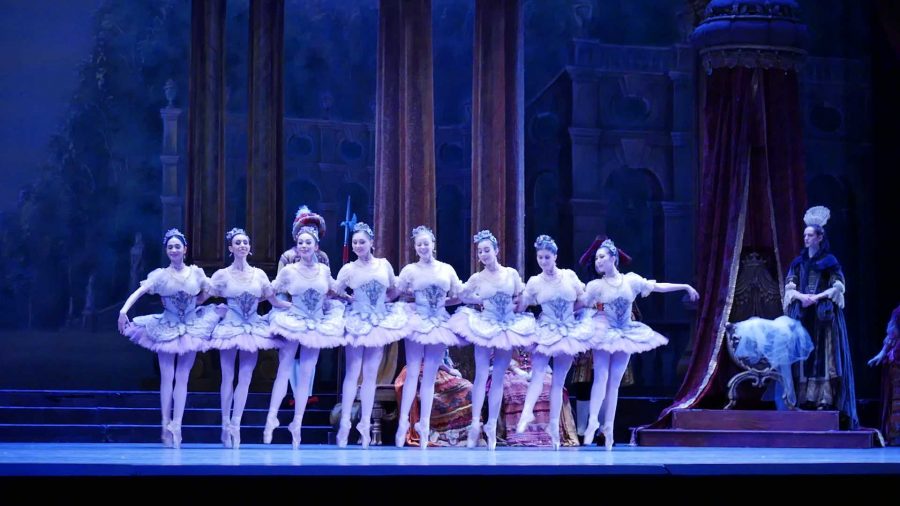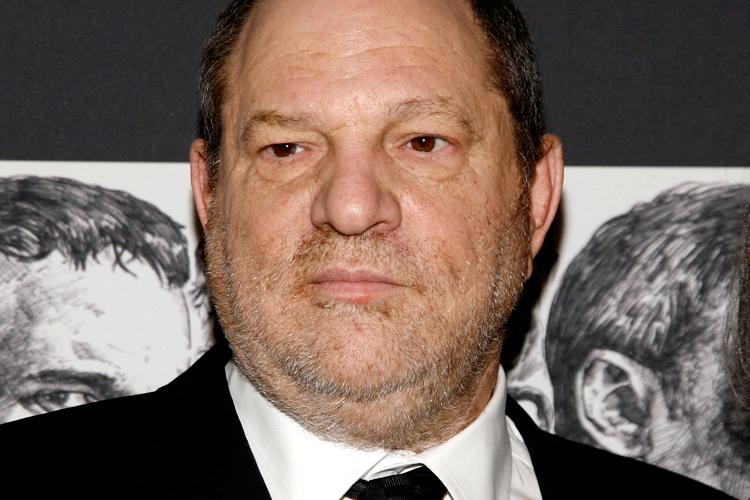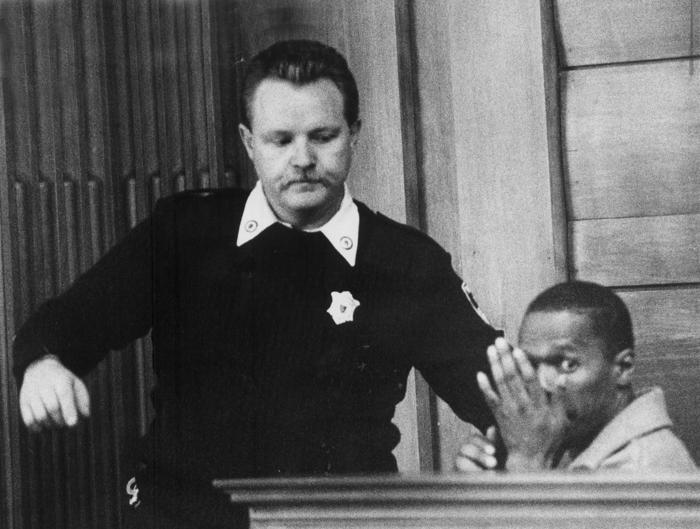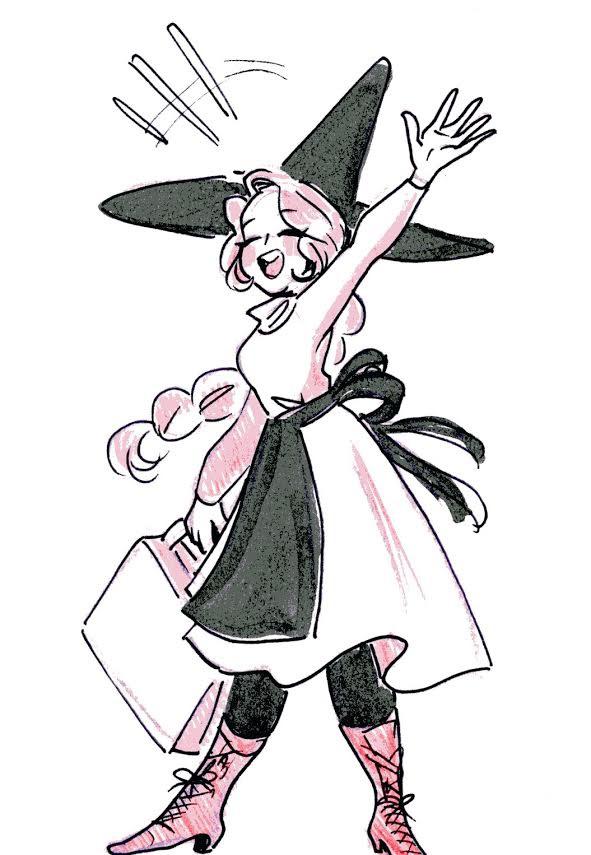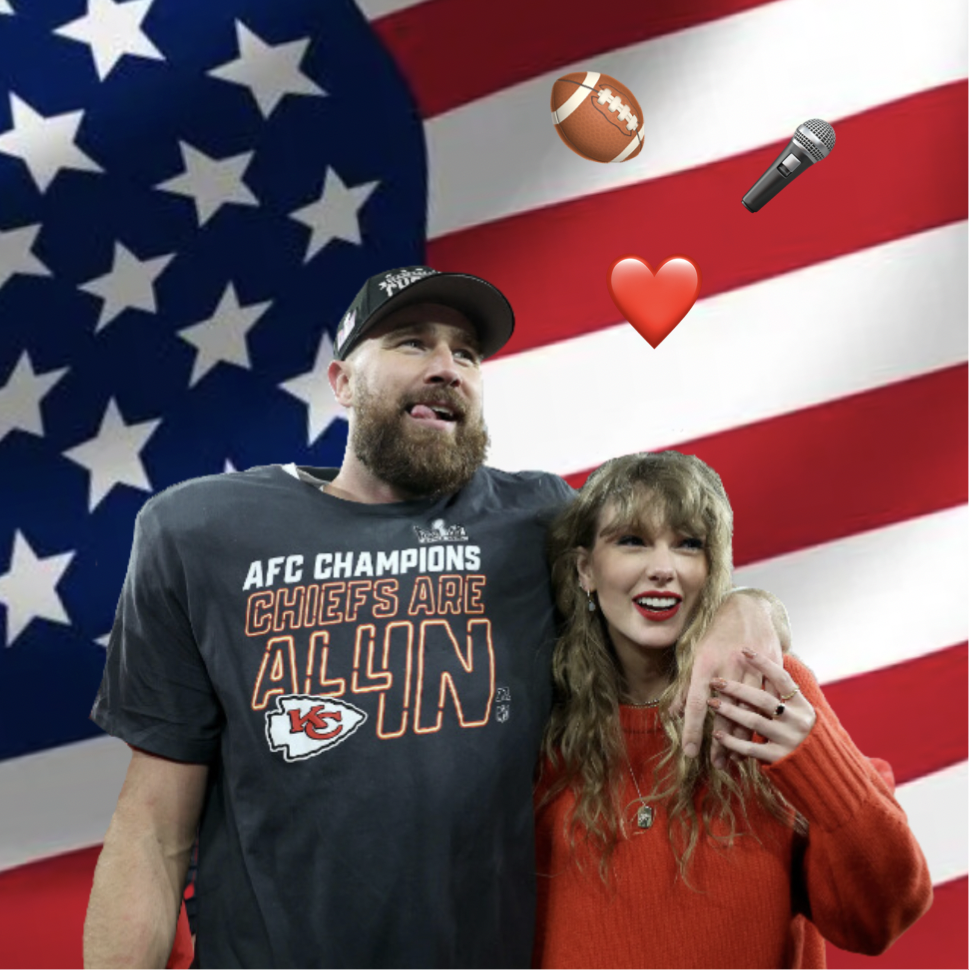By Alison Berstein
Staff Writer
Harambe the gorilla is not just another meme.
This past May, Harambe was shot when a child crawled into his enclosure at the Cincinnati Zoo.
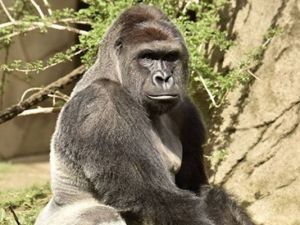
Sure, Internet users jumped on the opportunity to do what Internet users do best: share text posts and Photoshopped images of him all around the web.
But they are also sharing powerful messages and speaking out against injustice.
Harambe’s death sparked a massive outcry throughout social media, inciting debates about animal rights.
This shows the power of social media. Increasingly active news consumers become news producers themselves and share their own stories.
Harambe’s legacy has influenced homecoming, fashion, sports, and even the elections.
There is talk of a possible Harambe movie, fueled by the massive activity on Twitter.
Social media users took the story so far, making meme after meme, that the Cincinnati Zoo implored them to cease making a mockery of this. The zoo then shut down its social media presence after repeated attempts to tell them to stop.
But it’s not entirely a mockery.
If we can imagine memes as a form of activism, the case with Harambe can be seen as an animal rights issue. While it may seem on the surface that people are belittling the death of an animal, perhaps they are initiating a call to action and outlining the need to improve the treatment of animals in captivity.
I’m a firm believer in strength in numbers. If enough people shout something loudly and long enough, the message will be heard. Maybe it won’t be heeded, but it will at least be heard.
In this case, the message is to protect your animals and protect your kids.
An ethical dilemma surrounds the viral gorilla: did Harambe need to die?
Vox.com decrees that “the real issue of Harambe’s death is about the idea of responsibility and accountability, or rather the lack of both when it comes to Michelle Gregg, the mother of the child who slipped into Harambe’s enclosure.”
Raymond J. Brune of The Huffington Post claims that Harambe’s death, though it seemed necessary at the time, was “avoidable.”
“If a 3-year-old tot could manage his way into the moat, tell me during those 10 terrifying minutes why a zookeeper couldn’t have entered and snatched the boy from harm?” questions Bill Schwartz of The Pittsburgh Post-Gazette, citing the death as “needless.”
Sure, I am thrilled for the safety of the child. But that child should not have been able to enter the gorilla enclosure in the first place. And would Harambe have hurt him? We will never know.
This is where the memes come in.
With all of these memes, everyone’s talking about Harambe. So he still lives on in his own way.
Consider this curious paradox: would we rather kill Harambe, or kill the idea of Harambe? That is, operating under the assumption that most people had not heard of Harambe until the controversy broke, would we rather have him alive and not know of him, or would we rather employ his death to exemplify the need for improved animal rights?
Harambe represents more than just face value.
He inspires movements.
He demonstrates a rising need for parents to keep better watch over their kids, zookeepers to grant better treatment to their animals, and all citizens to consider the value of a life.
Although the Harambe memes are many, they are not merely the product of people being silly on the Internet. People are using this platform and this story to advocate for change.
Although his soul no longer lives, his name shall not die any time soon.





